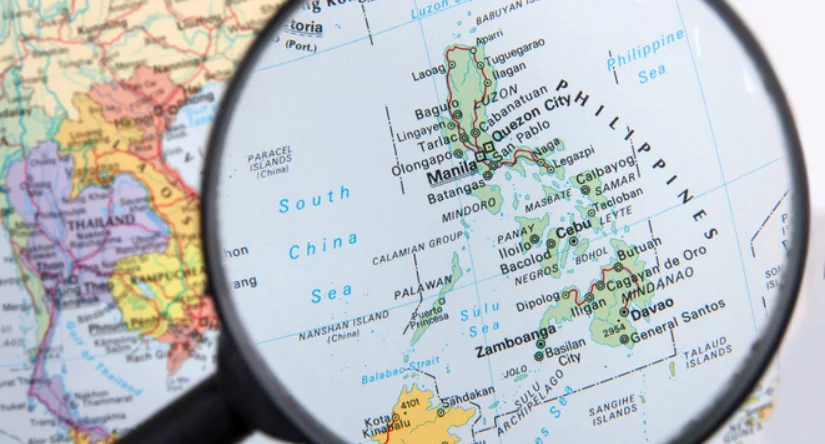
COVID-19:ケソン市でイベルメクチンを投与:症例が半減(動画):
Community-Driven Ivermectin Program in Quezon City to Cut in Half:
奎松市地区社区驱动的伊维菌素计划似乎将 COVID-19 病例减少了一半
ーマニラ近郊のQuezonで投与実施ー
Quezon:
人口は 300 万人。
最近、Barangay Matandang Balaraの高官が、
COVID-19 患者にイベルメクチン投与した結果、「1 か月で感染症例が半減した」と発表。
マイク・ディフェンサー議員:
ローランド・マルコレータ議員と「地域主導のBarangay保健緊急対応チーム」を組織。
4 月 30 日、Barangayの感染者にイベルメクチンの投与を開始。
イベルメクチン投与の結果:
4月末、イベルメクチン感染者は138人いました。
5月22日で、
感染者は 57.2% 減少し、合計 59 人になりました。
5月24日で、
症例はさらに減少し、感染者はわずか 39 人でした。
The local political representative
argues for mass ivermectin distribution based on these and other observations.
Of course,
this isn’t a controlled observational studyso a number of factors could influence the trend but it’s one that TrialSite’s observing in other places,
such as Uttar Pradesh, India, where an assertive, population-wide program that includes ivermectin-based home medicine kits appears to be working in a big way.
By early March 2021,
the Philippines experienced the second and far bigger wave of the COVID-19 pandemic.By April 2, 15,928 cases were reported in one day, according to data from Johns Hopkins University.
The cases are declining now as 6,454 cases were reported on May 27, according to the Manila Standard.
Ivermectin has been touted by some politicians and physician groups, especially for the poor,
but also across socioeconomic lines in this southeast Asian nation of about 111 million people.
On May 7, TrialSite reported the ivermectin topic continued to drive controversy as a growing proponent group fought that sufficient data was now available to broadly distribute the drug such as in India
while a larger and more influentially represented group took the stand of the World Health Organization (WHO), arguing more clinical trials data is needed.